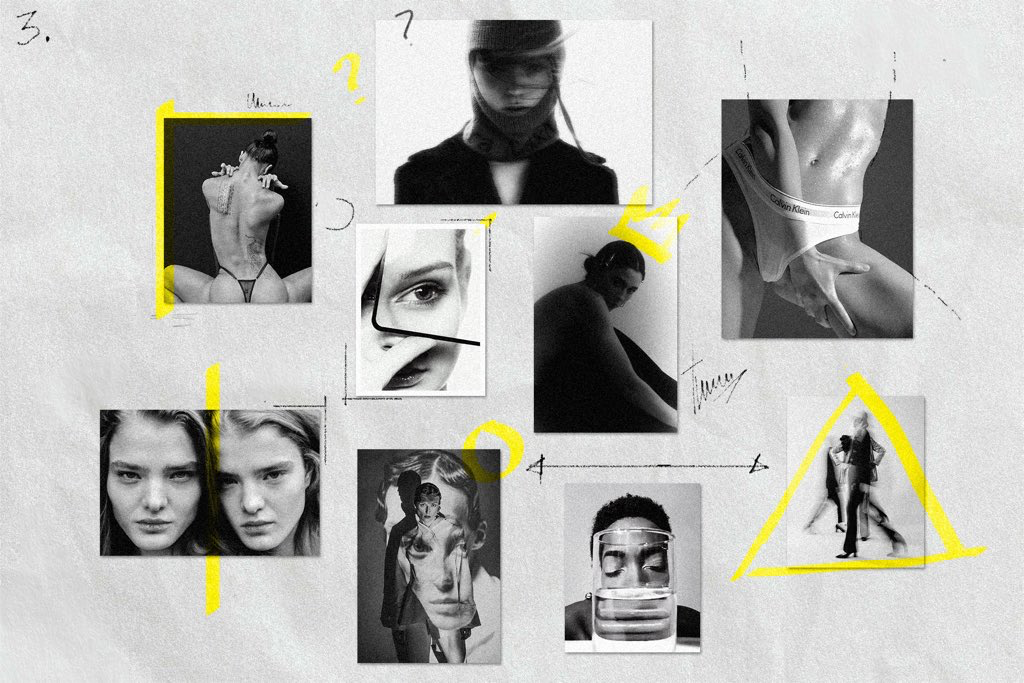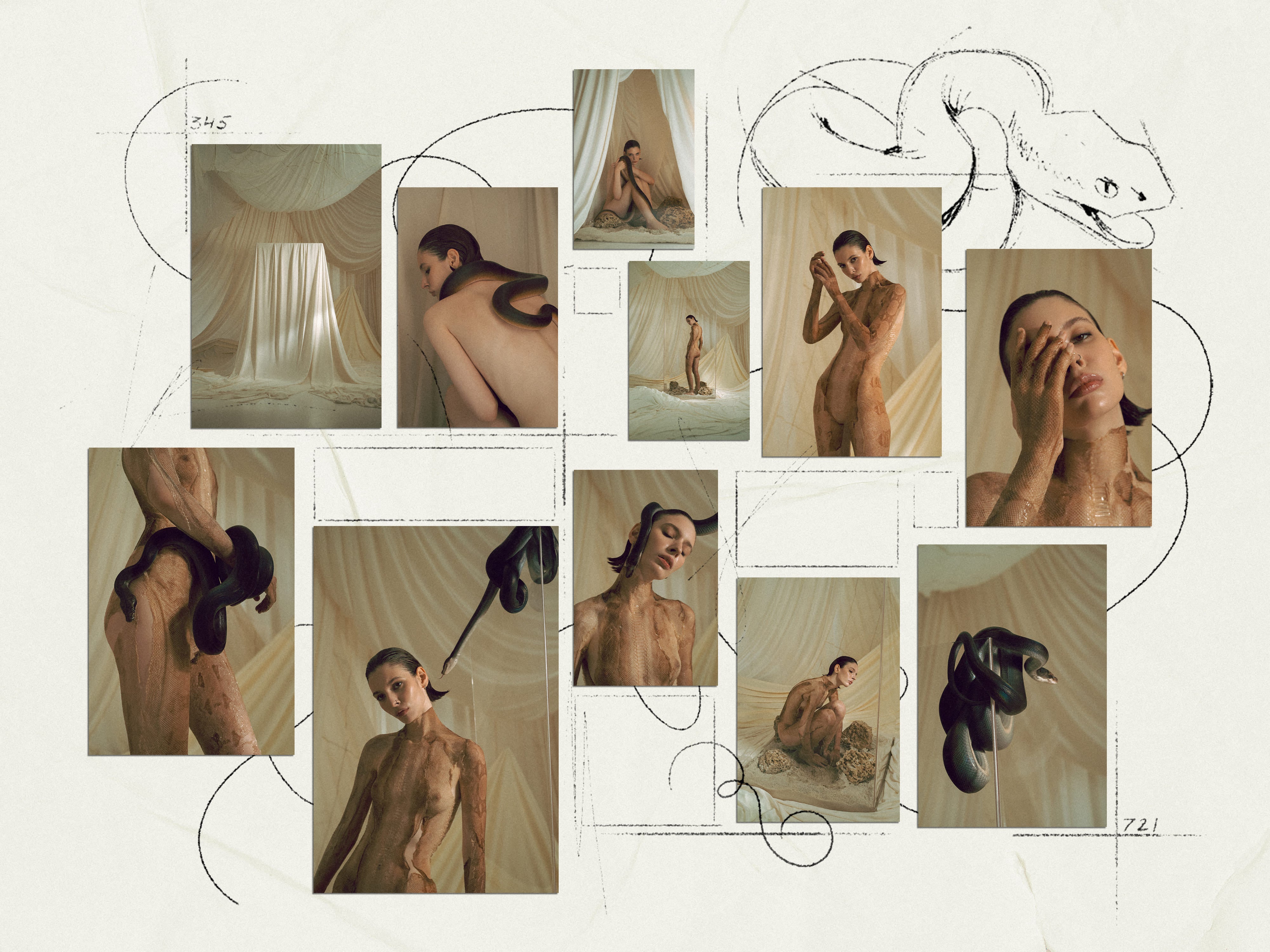
New Society meets The Frame Society: Conversation with Pobedeen
Conversation
Feb 05,2024 Written by New Society
In 2023, the landscape of Web3 has evolved significantly, transcending the era where newcomers had to scour Twitter for fragmented information about NFTs, marketplaces, and smart contracts. The growth of our space since 2020 is evident, and now, basic queries such as "What are NFTs?" or "Which marketplaces exist?" can be easily answered with a simple Google search.
However, amidst this progress, it's crucial to acknowledge the persistent challenge of navigating a space filled with noise and fierce competition. For newcomers, especially in the NFT Art domain, understanding how to distinguish themselves and effectively market their work remains a considerable hurdle.
In light of this, we engaged in a conversation with Kirill Pobedin (Pobedeen): Photographer, Curator, Entrepreneur, He/Him.
Beyond being one of the Top 50 best-selling NFT Photographers since 2021, amassing over 130 ETH in sales and garnering the support of 1000 collectors, Pobedeen is also Founder of The Frame Society, an art community gathering 140+ artistic minds with a focus on education and curation.
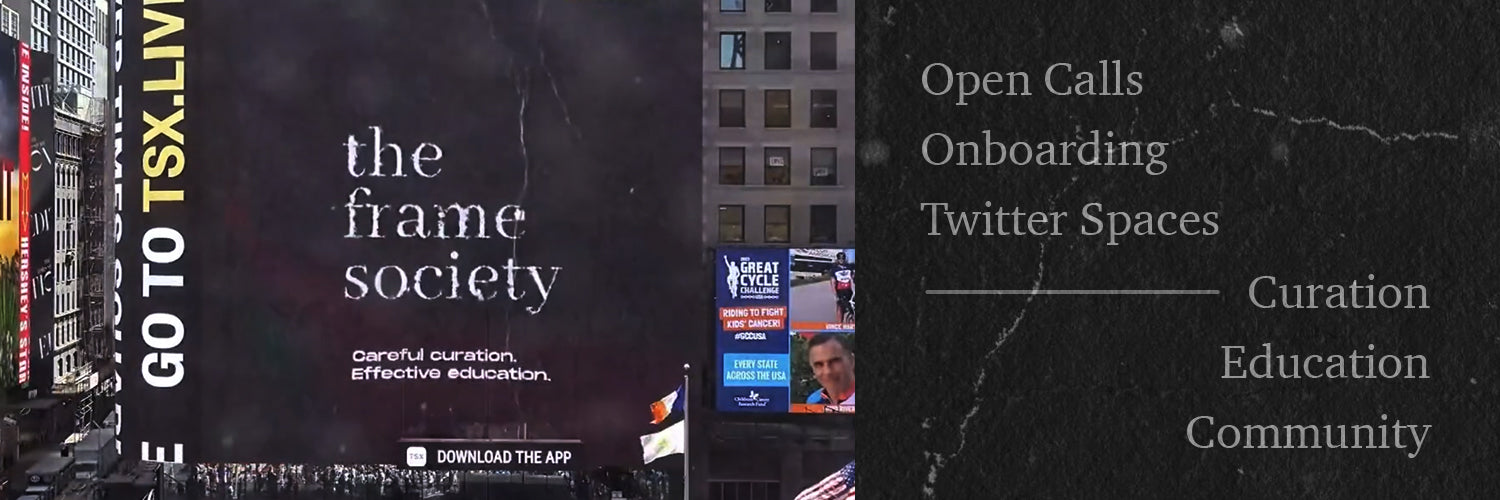
New Society: To start off, could you introduce yourself and share a little bit about your artistic journey?
Kirill Pobedin (Pobedeen): About two years ago, I immersed myself in this community, initially stepping in as a 3D artist — an intriguing shift given my primary occupation as a professional fashion photographer. Throughout my career, photography has been my focal point, while 3D art creation remained a cherished hobby.
Engaging in open calls on Telegram, I contributed to texturing for a 3D model, ultimately culminating in the creation of an NFT listed on the Binance marketplace. The successful sale resulted in artist splits, prompting me to reflect on the unexpected success of my hobby. This marked my initiation into the realm of NFTs, a concept I had yet to fully comprehend.
It was during the peak of the PEPE trend. So I ventured into crafting 3D PEPE artworks, though none found buyers. Following an unsuccessful attempt that, on the other side — costed me approximately $500 in gas fees — I pondered whether redirecting my efforts towards my professional expertise — photography — might yield better results.
However, navigating the technical intricacies of NFTs proved challenging at the time. The landscape was rife with scattered information, with enthusiasts scouring platforms like Twitter to piece together insights. Whether it was identifying collectors or understanding the nuances of minting on specific marketplaces, the pursuit of knowledge required diligent digging.

New Society: Yes, we remember that time. A lot of individuals were seeking information within Twitter spaces — details encompassing marketplaces, their suitability for specific artistic styles, and the intricacies of pricing NFT artworks.
While this quest continues in Twitter spaces today, albeit less frequently, it seems that the landscape has evolved. Right now, you can most often find these information through a simple search for articles or by watching some YouTube videos.
Kirill Pobedin (Pobedeen): Indeed, my journey unfolded on two fronts. On one hand, I delved into extensive research by immersing myself in the Twitter discourse surrounding NFTs. Simultaneously, a parallel stream of thought began to take shape — I contemplated the prospect of translating my photography into the realm of NFTs.
Despite seven years devoted to fashion photography, my heart resonated more profoundly with art photography. The decision to mint NFTs using my professional expertise marked a pivotal shift. This move also propelled me into the ranks of the Top 50 best-selling photographers, gauged by both primary and secondary market sales volume. In addition, the ripple effect extended beyond digital transactions, manifesting in numerous exhibitions across the globe, showcasing my work to diverse audiences.
New Society: And how did you start to work on The Frame Society? What was the intention behind it?
Kirill Pobedin (Pobedeen): This narrative unfolded just before the NFT Paris event last year. At that juncture, I felt a compelling urge to extend a helping hand to my photography colleagues and close-knit networks, who had already carved a niche in the traditional photography realm. My intention was to guide them into the realm of Web3, offering a bridge between their well-established status in traditional photography and the emerging opportunities in the decentralized space.
As I embarked on my Web3 journey without a clear roadmap initially, I empathized with others facing the same dilemma. My efforts began by assisting a fellow photographer I knew well. I provided the necessary frameworks and educational support to ease his transition into Web3, and the results were remarkable — he achieved significant success, accumulating about 15 ETH within a span of two months.
Encouraged by this initial success, I decided to extend my efforts to a broader artistic community. Thus, The Frame Society came into existence, focusing on education and curation. To date, we've successfully onboarded approximately 140 artists into the space. Although in the beginning we had predominant emphasis on photographers, recently we have expanded our outreach to artists employing diverse mediums.
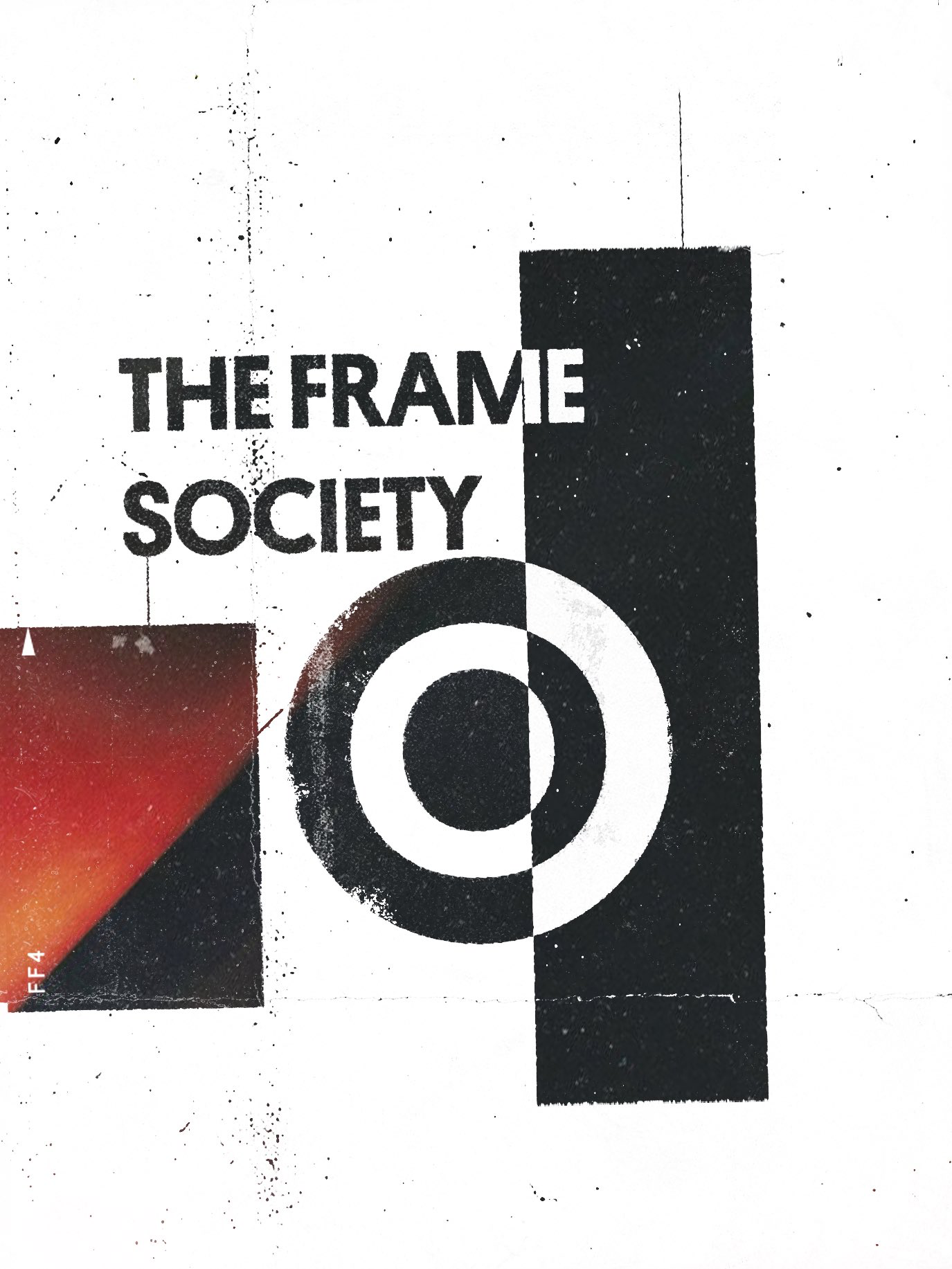
New Society: You touched upon the educational side at The Frame Society. Would you mind providing further insight into the methodologies employed in educating both existing members and newcomers within The Frame Society?
Kirill Pobedin (Pobedeen): Establishing a robust educational framework for newcomers in the space is of paramount importance to me. To achieve this, I curated a series of broadcasts covering key topics such as understanding Web3, effective communication of one's work, and unraveling the intricacies of smart contracts. In addition to these broadcasts, we foster an active community through our dedicated Discord channel, where we conduct regular calls and discuss new projects in the space.
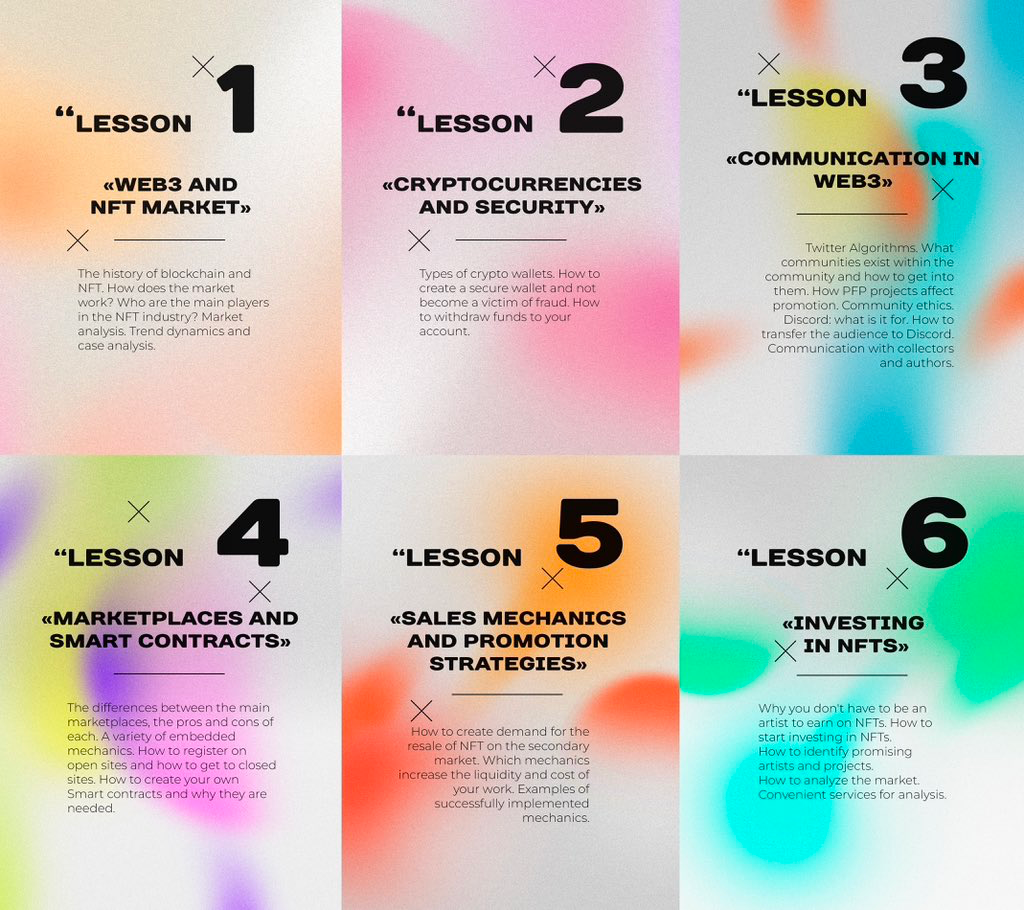
So far, we've had 3 waves of new-member onboarding. Actually, many of the current staff in the team were among the first wave, who now play instrumental roles in managing our Discord, assisting fellow members, organizing exhibitions, and amplifying each other's presence within the community. As an illustration, we engage in collaborative efforts, such as sharing open calls and initiating raids to boost visibility for members applying for exhibitions. This collaborative approach has proven beneficial, particularly for emerging artists in Web3, as enhanced visibility is crucial in garnering attention from platforms and collectors.
Furthermore, we actively sponsor member exhibitions, providing a platform for our diverse artists to showcase their work globally — in New York, Miami, Chicago, Tokyo, Seoul, London, Paris, Rome, Milan, Kuta (Bali), Valencia, São Paulo, Ibiza and Barcelona. The exhibitions not only serve as a conduit for exposure but also translate into tangible income for our members, with many successfully selling their newly minted pieces during these events.
New Society: This form of support is undoubtedly pivotal for new members. We can imagine that given the constant flurry of activities in the space, it can be challenging for newcomers to garner sufficient attention. Talking about exhibitions, could you enlighten us on some of the exhibitions you've curated for The Frame Society? Additionally, are there any upcoming exhibitions on your schedule that you could share with us?
Kirill Pobedin (Pobedeen): Certainly. A recent collaboration involved partnering with the esteemed Ninfa Labs in Italy, and we also joined forces with Sloika on a separate occasion. Additionally, our curative blog on SuperRare has been a valuable platform for showcasing the artistic endeavors of our members. Looking ahead, we are set to sponsor exhibitions in Paris during NFT Paris in a brunch plus exhibition format, providing our members with enhanced networking opportunities and visibility. Following this, Barcelona and Milan are next on our schedule.
Welcome to «Reflecting the Collective Soul»
— pobedeen.eth ♦️ SR (@pobedeen) October 30, 2023
Exhibition of @Ninfa_io & @theframesociety
27 artists
Curated by me
Sponsored by @sendr0ck
⚪️Live exhibition Oct 30 - Nov 12 2023
at NINFA Labs, Via dell’Aprica 16, Milan
⚫️2nd November opening party 7pm
All the details 👇🏼🧵 pic.twitter.com/rY82KOwW7r
These exhibitions serve as a significant avenue for artists to secure sales. Despite the current challenges in the market, the majority of our members continue to achieve sales and establish their personal branding through exhibitions across the globe. Remarkably, some of our artists boast over 50 exhibitions in real life, including more than 20 personal exhibitions.
However, we recognize that some members are new to the process of selling art and self-promotion for exhibitions. Thus, it remains crucial for me to create opportunities and share knowledge, ensuring that every member, regardless of their experience level, can benefit and thrive within our community.
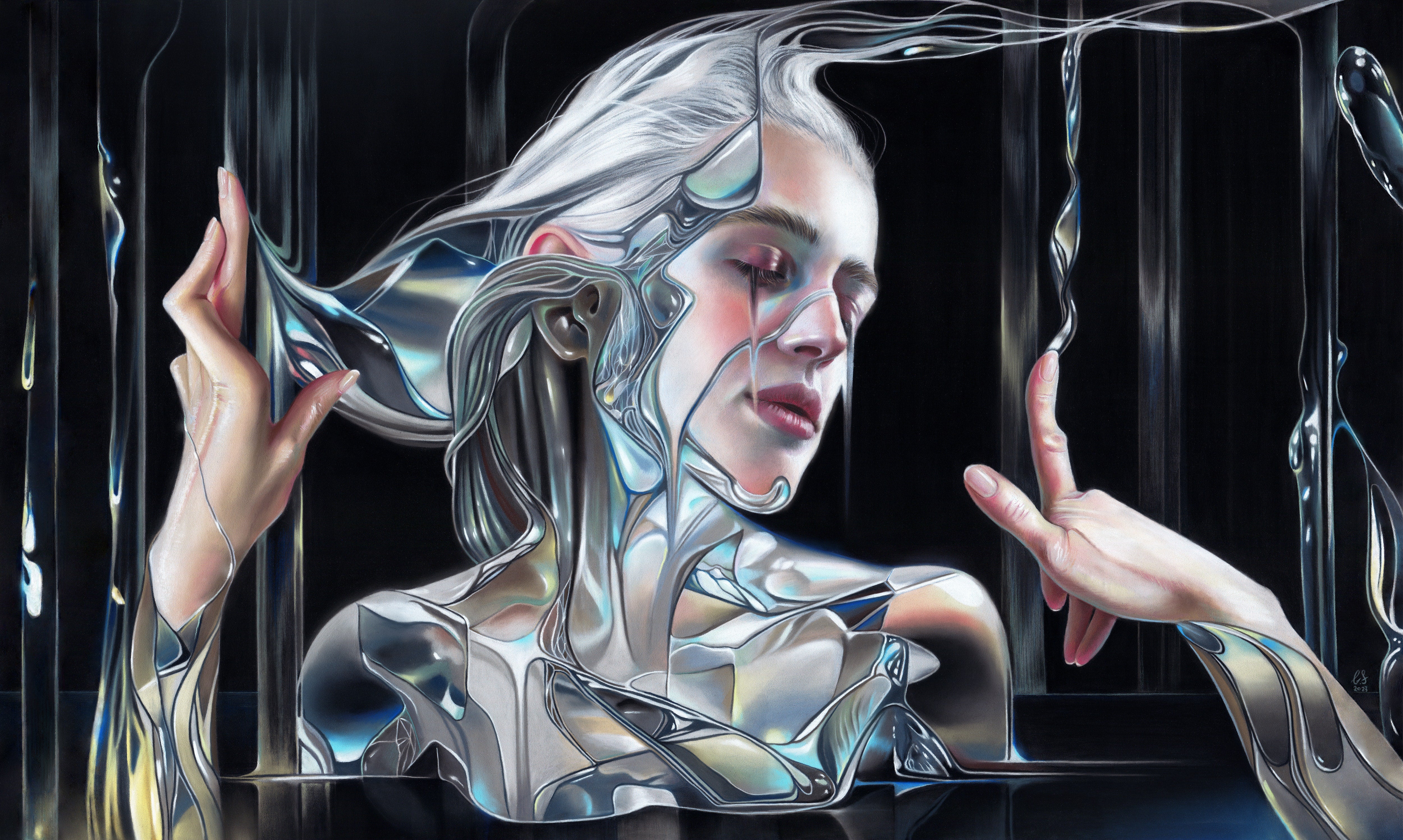
New Society: And how did you gather more than 140 artists in The Frame Society in just a bit over 1 year? Do you have a focus on what kind of artists you want to bring into The Frame Society?
Kirill Pobedin (Pobedeen): In the initial stages of Batch #1, our focus primarily revolved around a close-knit network, many of whom had already established themselves in the Web2 space. Our mission was to equip them with the necessary tools and education to navigate the nuances of Web3. As the journey unfolded, a grassroots momentum began to build, fueled by word of mouth and shared experiences among participants.
Our primary emphasis has been on Web2 artists boasting impressive portfolios and significant art expertise. While they bring a wealth of artistic prowess, their understanding of the Web3 market may be limited. Together, we collaborate to devise intriguing mechanisms, such as the upcoming release of a token-gated system this year, catering to both artists and collectors, facilitating community drops.
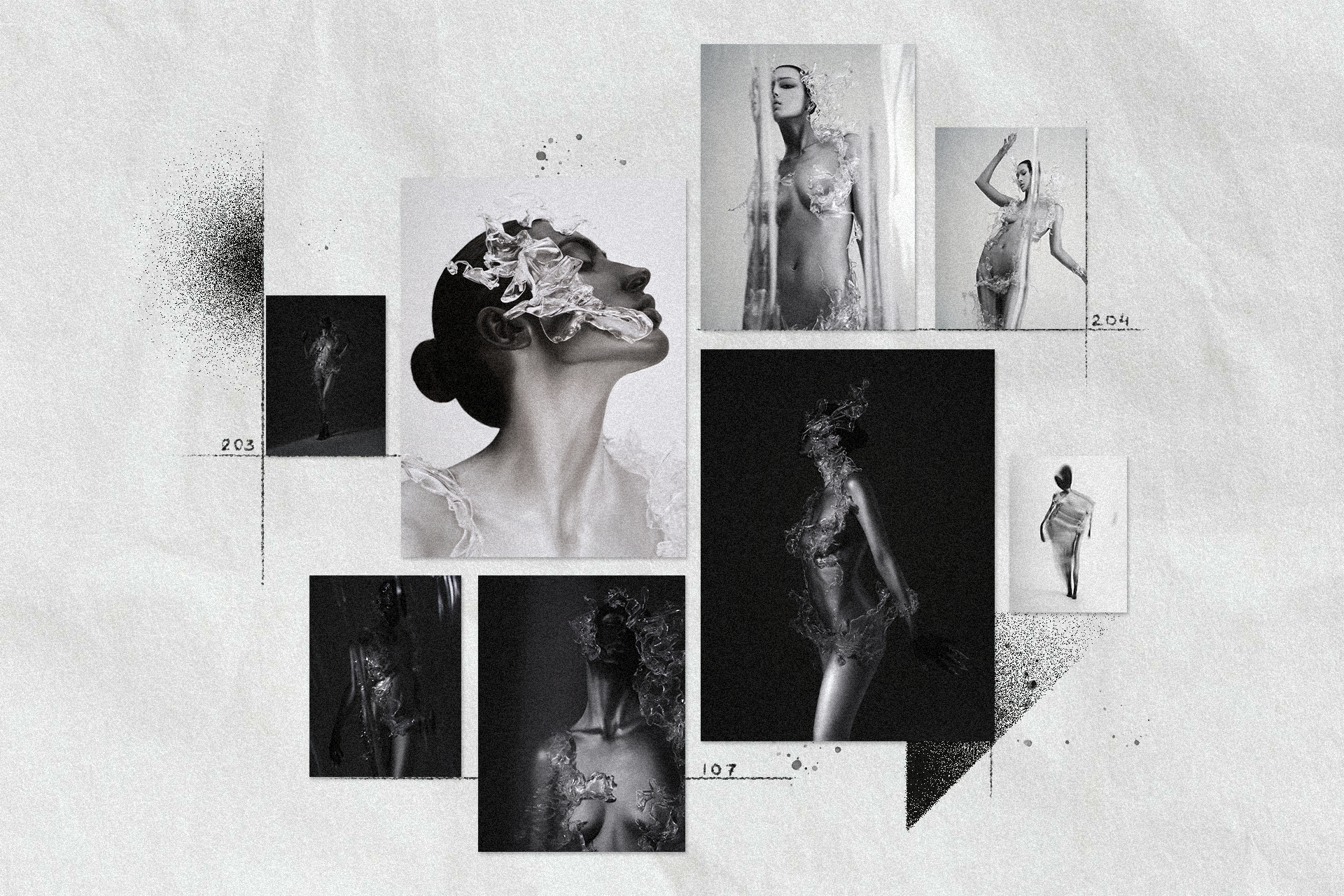
On the other side, despite our focus on seasoned artists, we remain open to newer talents. In our exhibitions, I intentionally reserve spots for artists outside The Frame Society, recognizing the importance of fostering a diverse range of profiles. This inclusive approach has allowed us to scale naturally, as more artists, both within and outside our community, engage with our open calls. This interaction also often unveils promising talents that I am keen on inviting into The Frame Society, contributing to our ongoing expansion.
For those interested in joining The Frame Society, the door is always open. Usually, artists can also reach out to me through direct messages. I always believe it's not just about the quality of individuals; it's also about the community vibe, as the Frame Society, at its core, is not merely an organization but a thriving artistic community.
New Society: Budget considerations are intrinsic to every exhibition and event, particularly given your global travel and staffing requirements. The question of financial resources in the realm of real-life engagements cannot be overlooked. How do you finance everything at The Frame Society
Kirill Pobedin (Pobedeen): I would categorize our funding into three main sources. Firstly, a substantial portion comes from my personal income as an artist. For example, recently I have sold my piece “Equilibrium” at 3.69 ETH, and I think most of the sales revenue will be re-invested into The Frame to cover the cost of upcoming exhibitions planned for our artists.
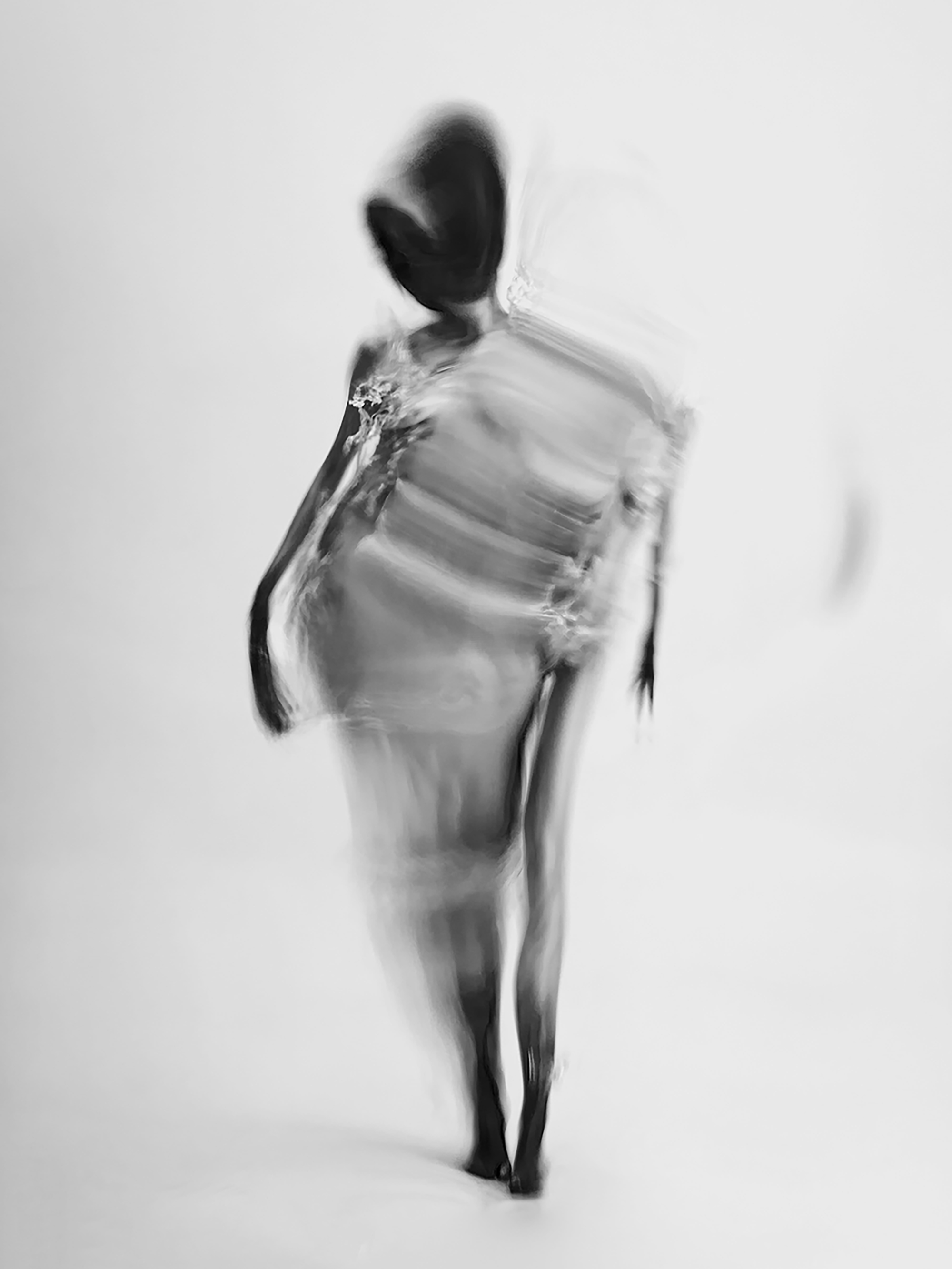
The second source is a community treasury that has evolved through the commission fees derived from artists participating in our exhibitions. These fees are facilitated through a wallet split when their artworks are sold during the exhibition.
The third source stems from the nominal participation fee required for joining The Frame Society. At around 200 euros per artist, this fee is intentionally kept minimal, with no profit motive. Rather, it serves to foster dedication among new members to their artistic journeys. Despite its modest amount, this fee unlocks access to a wealth of educational resources, exhibitions, and marketing support, creating a deeper emotional investment and motivation for participants. Notably, everyone currently within The Frame Society has not only recouped their investment, but many have earned tenfold or more.
As a cherry on top, the positive cycle sets in as artists, bolstered by consistent sales, gain confidence and patience. They understand the dynamics of building, networking, and marketing in Web3, enabling them to navigate bear markets and the noise within the industry with resilience. The realization that success is a matter of time further fuels their determination.
In addition, we also have a few sponsors that are helping us finance the exhibitions.
New Society: It's really impressive how much you're constantly giving back to the art community, with all the energy that you devote to exhibitions and all the financial investments.
Recognizing that you wear multiple hats — being not just an artist and educator, but also a curator — we're keen to gain insights into your curation process. Could you take us through the steps of selecting themes, artists, and seamlessly assembling every artwork within an exhibition?
Kirill Pobedin (Pobedeen): At The Frame Society, our approach to exhibitions centers around fostering connections among diverse artworks rather than adhering to a specific niche theme like "Japanese Culture." Take, for instance, our exhibition at Ninfa Labs, themed "Reflecting the Collective Soul." I believe in the significance of working with varied mediums, where the overarching topic revolves around weaving together different artists and cultures into a cohesive narrative, unified in their distinct perspectives on art.

This process is both fascinating and challenging. Typically, I begin with a shortlist of potential artists, gradually refining it through successive steps. In the case of the NinFa exhibition, the initial shortlist comprised 120 artists. As I delved into testing layouts and delving deeper into the stories behind each artwork, I narrowed the selection down to approximately 60 pieces, still exceeding the required number.
My background in fashion photography proves invaluable in this curation process, as storytelling is fundamental to the craft. Applying a similar approach, I lay out the pieces on a white table, carefully considering how different works visually synergize with each other. The objective is to convey a singular narrative within the exhibition, focused on uniting diverse art souls. This meticulous process led to a final selection of 27 pieces for the exhibition.
For a visual insight into our curation layout result, here's an example:
